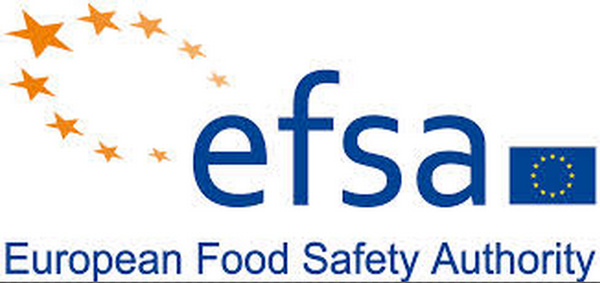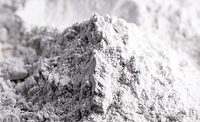The European Food Safety Authority’s (EFSA’s) Panel on Additives and Nutrient Sources Added to Food (ANS) recently completed a reevaluation of all food colors permitted for use in the EU before 2009. The agency has concluded that available data do not indicate health concerns for consumers.
In this case, EFSA specifically looked at titanium dioxide (E 171), a chemical often used to whiten or brighten certain foods. Its main food uses are in confectionery, bakery and sauces but it is also found in cosmetics and has many industrial uses. Available toxicological data on titanium dioxide do not indicate adverse effects via oral ingestion. While the ANS Panel was unable to set an ADI for titanium dioxide because of data limitations, using the margin of safety approach, they concluded that dietary exposure does not pose health concerns.
“The completion of the food colour re-evaluations is an important milestone for EFSA, but our work does not stop here. There are still a considerable number of other food additives to be re-evaluated by 2020. And, of course, we are prepared to respond to any additional requests from the European Commission to review colours and other additives in the light of newly available scientific information.” says Ruud Woutersen, Vice-Chair of the EFSA’s ANS Panel.
For the last 7 years, the ANS Panel has reassessed the safety of approximately 41 food colors with the help of all scientific studies and data available. When possible, EFSA was able to establish or update Acceptable Daily Intake (ADI) for each food color chemical.
Although EFSA found no cause for concern based on available data, the agency does recommend additional studies to fill data gaps on possible effects on the reproductive system, which could enable them to set an ADI.
A full report on the study and its finding can be found in the EFSA Journal.




